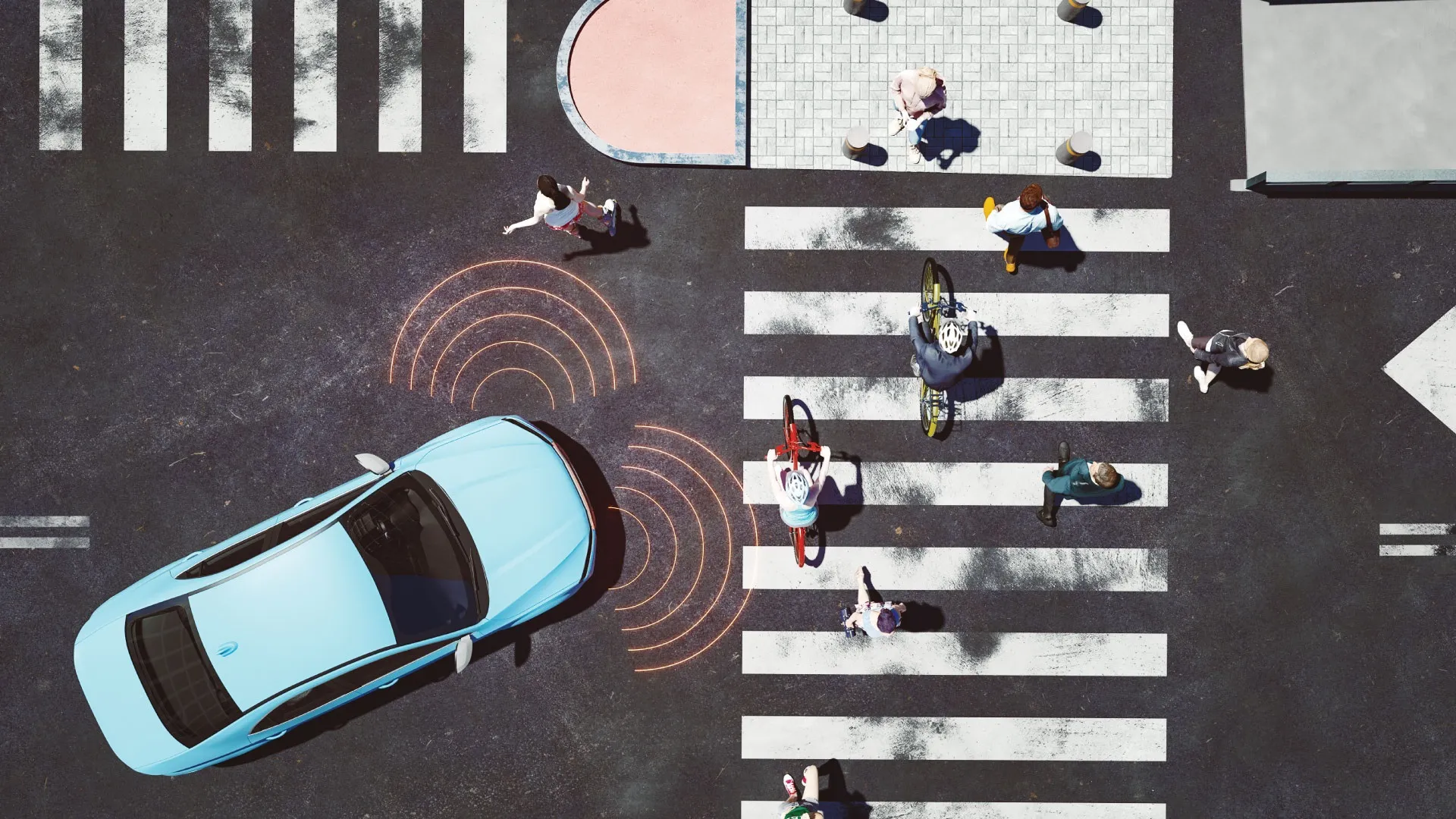Honda has demonstrated its experimental vehicle-to-pedestrian (V2P) and vehicle-to-motorcycle (V2M) technologies, aimed at reducing the potential for collisions between automobiles and pedestrians and between automobiles and motorcycles.
The vehicle-to-pedestrian (V2P) technology uses a car equipped with dedicated short range communications (DSRC) technology to detect a pedestrian with a DSRC-enabled Smartphone and provides auditory and visual warnings to both the pedestrian and drivers. According to Ho
August 29, 2013
Read time: 2 mins
The vehicle-to-pedestrian (V2P) technology uses a car equipped with dedicated short range communications (DSRC) technology to detect a pedestrian with a DSRC-enabled Smartphone and provides auditory and visual warnings to both the pedestrian and drivers. According to Honda, the V2P system is effective even when the pedestrian is not easily detectable by the driver, such as when stepping off a curb from behind a parked vehicle or other traffic obstruction.
Using the DSRC communication system, Honda's vehicle-to-motorcycle (V2M) technology can determine the potential for a collision between a motorcycle and an automobile. The V2M system's advantage is its ability to sense the presence of a motorcycle even when it is obstructed from the view of nearby automobile drivers. The system provides auditory and visual warnings to the automobile driver. This system is being researched and tested in cooperation with the
While still in the research and testing phase, these new technologies are part of a comprehensive effort being undertaken by Honda to develop leading-edge safety and driver assistive systems that can help predict and avoid traffic accidents through advanced sensing and communications technologies.
"While these are still experimental technologies, they provide a strong indication of the future potential for the kinds of advanced collision sensing and predictive technologies Honda is developing to further reduce the potential for serious accidents, injuries and even fatalities," said Jim Keller, chief engineer for Honda R&D Americas. "These V2P and V2M systems are part of Honda's broad vision for smarter and safer vehicles and roadways."










